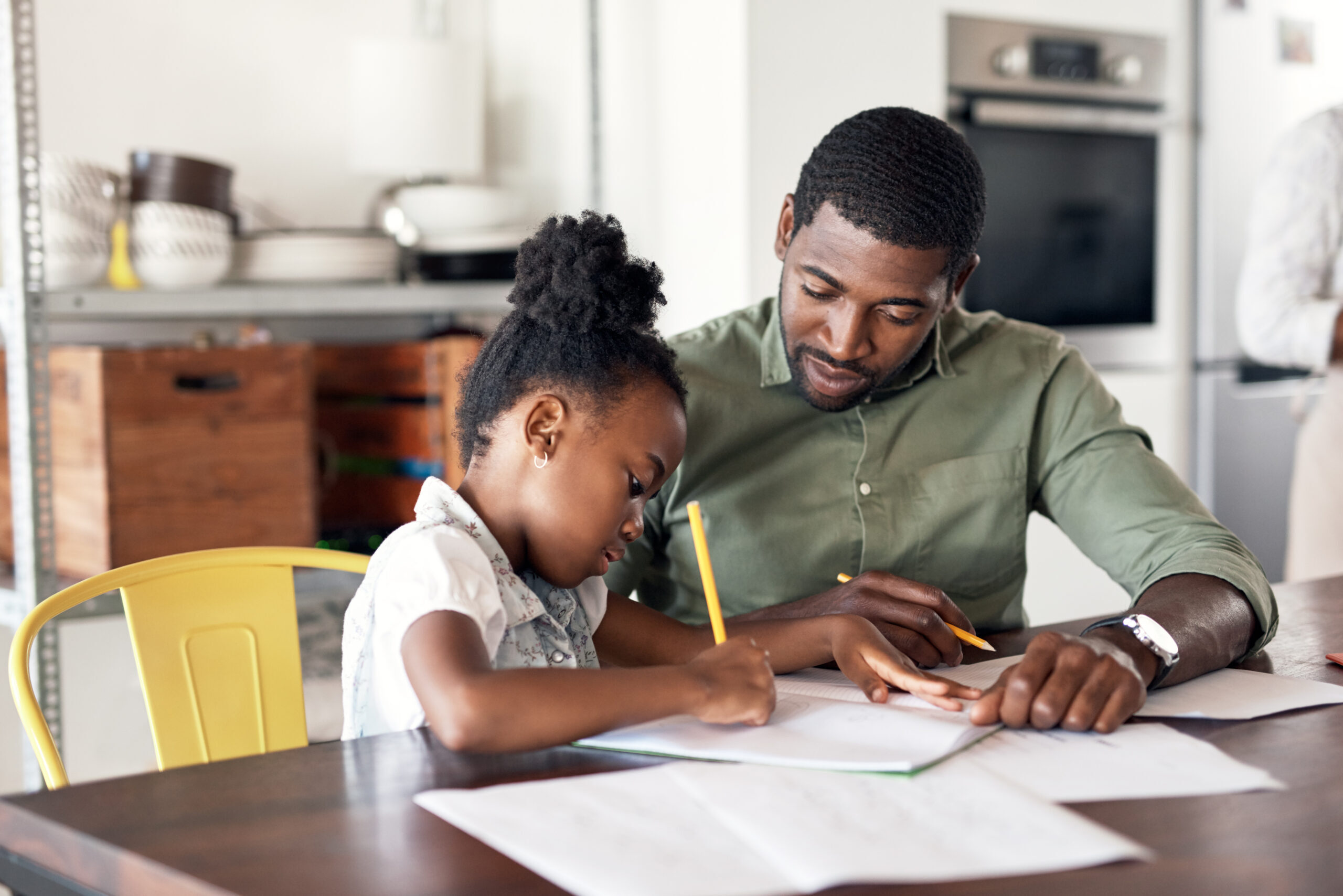
Civil Rights and Technology Experts Discuss the “Digital Divide in the Era of COVID-19”
Access to reliable broadband remains out-of-reach for millions of Americans, even as the internet becomes increasingly integral to our work, education, and health. This was the topic of discussion during a recent “Digital Divide in the Era of COVID-19” virtual plenary – hosted by multicultural advocacy organizations ALLvanza, the Multicultural Media, Telecom and Internet Council (MMTC), and OCA – Asian Pacific American Advocates. During the discussion, Federal Communications Commissioner Jessica Rosenworcel, MMTC President and CEO Maurita Coley, Executive Director of Next Century Cities Francella Ochilla, Executive Director of the National Urban League’s Washington Bureau Clint Odom, Chair of the FCC’s Advisory Committee on Diversity and Digital Engagement Anna Gomez, and Director of Broadband and Spectrum Policy at the Information Technology and Innovation Foundation Doug Brake all agreed: there has never been a more critical time to tackle this digital divide.
Here are three key takeaways and suggested solutions panelists addressed to help inform the conversation on how the digital divide is disproportionately impacting low-income, minority, and rural communities.
Key Takeaway #1: The digital divide is contributing to a long-term education and opportunity gap.
As distance and online learning have become the norm during COVID-19, many lower-income, minority, and rural students across the country have lacked the necessary broadband access needed to receive education. Unless addressed immediately, this persistent “homework gap” will likely turn into a long-term education and opportunity gap.
Commissioner Rosenworcel added, “This homework gap, these students that don’t have broadband access, this is just the cruelest part of the digital divide.” She suggested reforming the E-rate program to meet this moment and use it to support schools, loan out wireless hotspots, and help get students set up with modems.
Key Takeaway #2: We need better mapping of currently unserved communities.
We need more accurate data on which communities across the country are currently unserved and lack access to reliable broadband. As Commissioner Rosenworcel explained, “You don’t manage the problems you don’t measure. Right now, the FCC’s not really measuring where broadband is and is not in this country. Our official statistics suggest that there are 18 million people who don’t have access to broadband. I think just intuitively, we all know that it understates things.”
Francella Ochillo of Next Century Cities also pointed out that using the most accurate data possible will impact opportunities for decades to come. “We are essentially deciding who gets to participate in the digital ecosystem and who gets to receive the opportunities provided by it,” she said.
Without more accurate mapping of currently unserved communities, she continued, “76 percent of African Americans and Hispanics could be shut out or be unprepared for 86 percent jobs projected to be available in 2045.”
Key Takeaway #3: To expand rural broadband buildout, we need to streamline the pole attachments process and promote fairer distribution of costs.
Much of this broadband infrastructure in this country is carried by cables attached to utility poles, which help connect many rural homes, schools, businesses, and health care facilities across the country. But one of the main barriers hindering private investment in rural communities is the cost associated with these utility pole attachments.
As Doug Brake mentioned during the panel discussion, many times broadband providers have to replace entire poles, which can be a costly and time-consuming process. “Sometimes, that cost is being put solely on the new person that’s trying to build deployment, when really everyone benefits from the new pole, and everyone benefits from being able to attach to it,” Blake explained.
Founder, President, and CEO of ALLvanza Rosa Mendoza agreed, “We have to make sure that we update rules around utility poles so the companies that are actually trying to provide services to unserved areas are able to do so in a timely manner.”
It’s time for the Federal Communications Commission (FCC) to look at this issue and clarify its existing rules regarding utility pole access. A faster, fairer, and more transparent pole attachment process where all parties pay a fair share will help bring broadband to millions of currently unserved rural Americans.